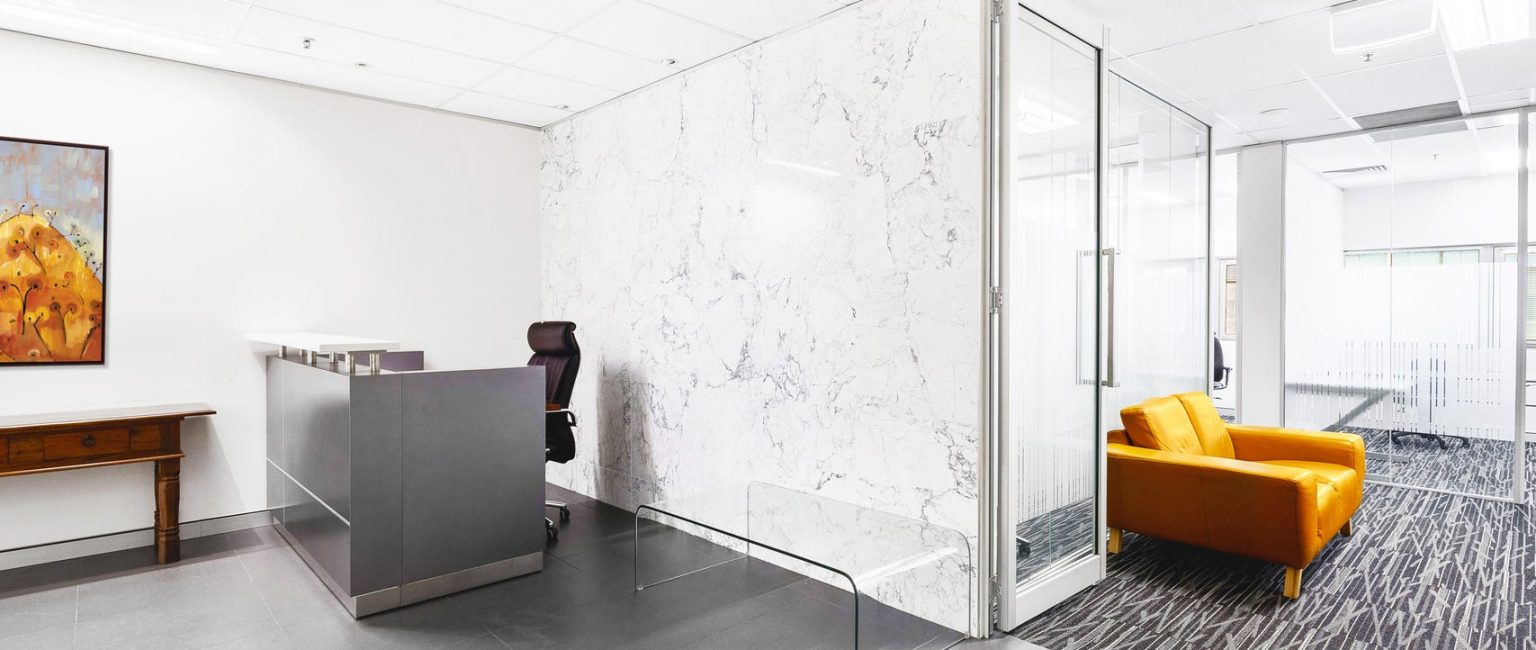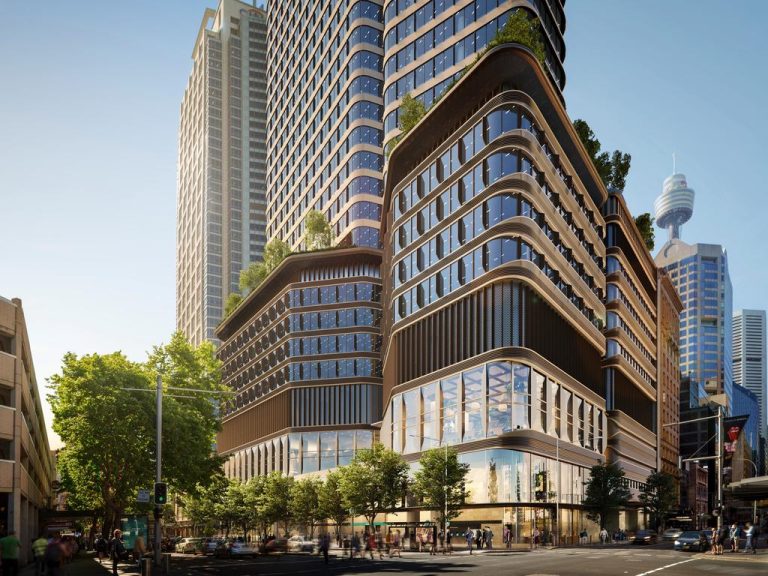Office tenant enquiry levels up across the nation

Tenants are in the drivers seat when it comes to office occupancy post-Covid with investors following suit, experts say, with prime grade assets in hot demand.
Occupier enquiry has continued to be stronger than levels recorded during 2019, the latest data from Colliers International’s Australian CBD Snapshot report has revealed.
The report found during Q3 2022 enquiry was up almost 30% compared to the same period in 2019, and the increase was driven by strong enquiry from business services, government and finance industry sectors.
Colliers International head of capital markets Adam Woodward said across the nation the flight to quality evident amongst tenants seeking office spaces was strong.
“In all the major cities we are seeing tenants moving to CBDs from metropolitan locations, or moving from B-grade to A-grade to premium within markets so that trend is really emerging post-Covid,” he said.
Mr Woodward said that companies are looking to train and attract good quality staff which is driving the flight to quality trend for office space.
“It’s a very tight labour pool at the moment. Unemployment is at its lowest rate in a very long time.
“To retain staff you need to have good quality offerings with amenity and a graded building. And secondly, it’s about getting people back into the office, and attracting them back into the office from working from home,” he said.
John Sears, Cushman & Wakefield head of research said in Sydney the flight to quality was so strong that about 70% of his company’s deals involve tenants moving to higher quality stock.
“And surprisingly around 60% expanded their footprint which was a little bit surprising to us with the current work from home environment,” he said.
“But the caveat to that is they do tend to be smaller deals, sub 500 sqm.”
Better locations and office experience
The pandemic initially hit the office sector hard leading to a reduction in asking rents, PropTrack economist Anne Flaherty said.
“Now a lot of businesses used those improved market conditions to actually move to better offices,” she said.
“What we saw is what I would term a ‘flight to quality,’ so we saw more businesses looking to leave the secondary grade space and move to premium and A-grade buildings,” she said.

While companies are looking for higher quality office space, some are also after less space. Picture: realcommercial.com.au/for-sale
According to the Colliers CBD Snapshot, leasing deals have been weighted towards prime grade assets as relocation activity continues to be driven by requirements for a higher overall quality of asset, in addition to the overall experience the office and its location had to offer.
“As a result, 72% of leasing deals over Q3 were from occupiers committing to prime grade office space. Despite this, prime vacancy has risen over H1 2022, but this is mainly due to vacant space from new supply entering stock of which some has already been leased,” the report stated.
Flight to quality set to continue for at least two years
According to Colliers, the flight to quality office trend is likely to increase the capital values gap between premium and A-grade assets and secondary assets until at least 2025.
Ms Flaherty agreed and said from an investor perspective the reduction in demand, which occurred in 2020, started to recover last year.
“And this year it’s really recovered but what we are seeing is investors are favouring those assets they deem as lower risk – so those really good quality assets, your premium buildings in core locations, CBDs that are going to continue to be really attractive to tenants,” she said.
“On the other hand, with lower-grade buildings becoming perceived as higher risk we are likely to see a growing spread between yields that are achieved on premium and A-grade buildings and your secondary grade buildings.”







